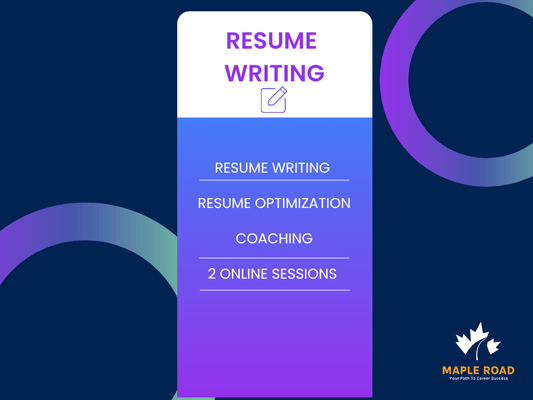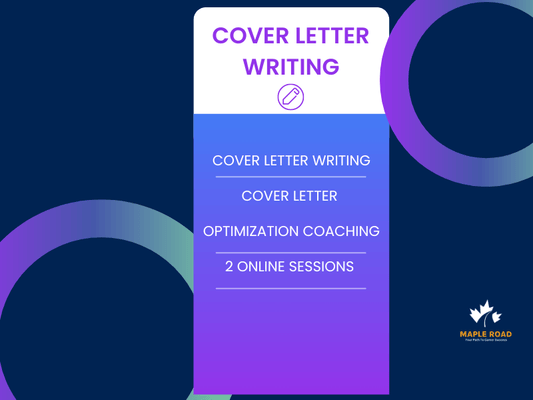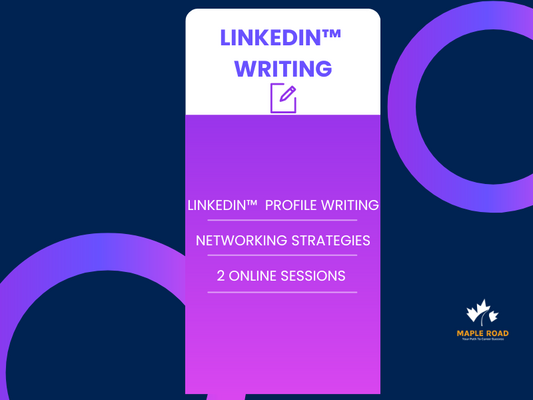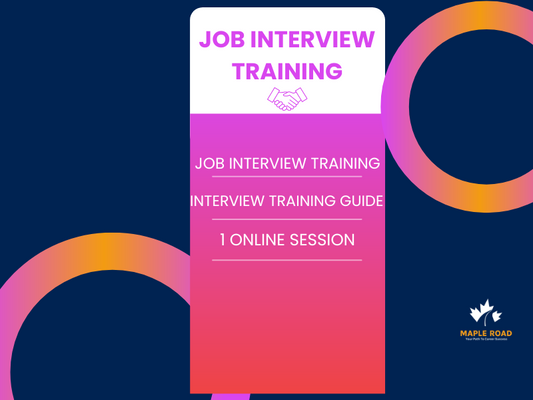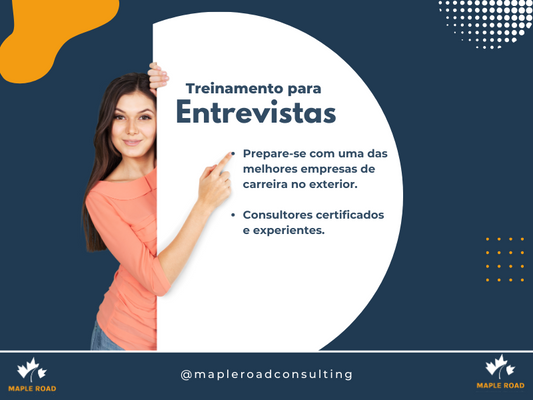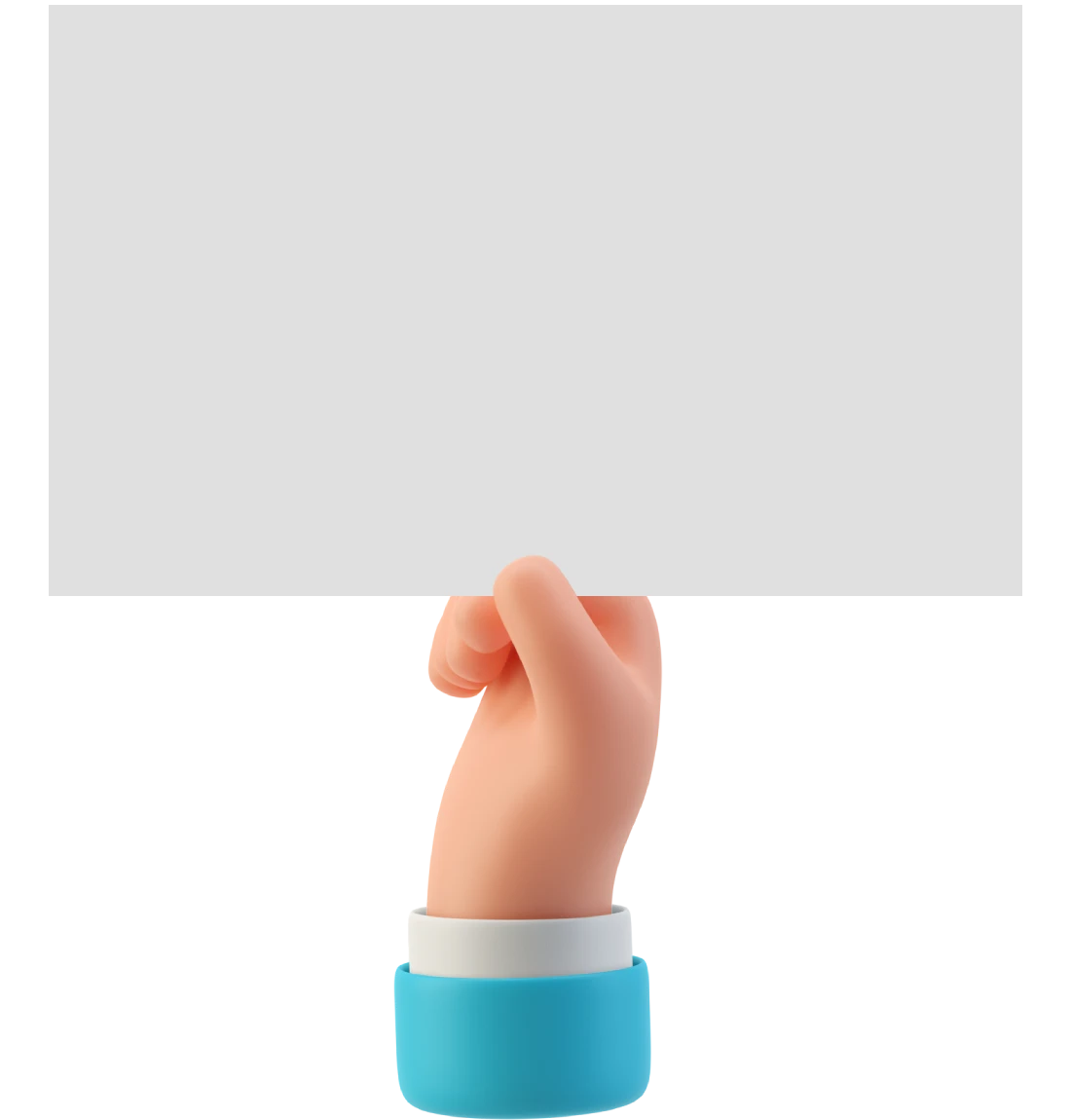Understanding Transferable Skills
Transferable skills are versatile abilities that can be applied in multiple job contexts. They encompass both hard skills (technical abilities like data analysis) and soft skills (interpersonal skills like communication and leadership). These skills are crucial because they showcase your ability to adapt and thrive in different environments, making you a valuable asset to any employer.

Step 1: Conducting an In-Depth Self-Assessment
Review Past Experiences:
Reflect on your professional history, volunteer work, academic projects, and personal endeavors. Identify recurring tasks and responsibilities where you excelled. Consider how your roles required various skills and think about specific instances where you made significant contributions.
Document Key Achievements:
Focus on significant accomplishments that required a blend of hard and soft skills. For example, leading a successful project, developing a new process, or resolving a major issue. These achievements can highlight your problem-solving capabilities, leadership qualities, and innovative thinking.
Tools for Self-Assessment:
- SWOT Analysis: Conduct a SWOT (Strengths, Weaknesses, Opportunities, Threats) analysis to understand your capabilities better. This helps you identify your core strengths, areas for improvement, potential opportunities for growth, and external challenges you might face.
- Skills Inventory: Create a comprehensive list of your skills. Break them down into hard skills (technical abilities) and soft skills (interpersonal and cognitive abilities). This inventory will serve as a foundation for identifying which skills are transferable to new roles.
Step 2: Identifying Key Transferable Skills
Here Are A Few Of The Most Easily Identifiable Transferable Skills:
- Communication: Effective verbal and written communication is essential for nearly every role. This includes the ability to articulate ideas clearly, listen actively, and adapt your communication style to different audiences.
- Leadership: Demonstrates your ability to manage teams and projects, inspire and motivate others, and drive organizational goals. Leadership skills are crucial for roles that involve supervision, project management, or strategic planning.
- Problem-Solving: Analytical thinking and creativity are invaluable for identifying and resolving issues. This skill involves breaking down complex problems, developing innovative solutions, and implementing effective strategies.
- Project Management: Skills in planning, organizing, and overseeing projects are critical across industries. This includes setting objectives, managing resources, coordinating tasks, and ensuring projects are completed on time and within budget.
- Adaptability: Shows your capability to adjust to new challenges and environments. Adaptability involves being open to change, learning new skills quickly, and managing uncertainty effectively.
Categorize Your Skills:
- Hard Skills: Technical abilities specific to certain tasks, such as coding, financial analysis, data management, and proficiency with particular software or tools.
- Soft Skills: Interpersonal and cognitive skills, such as teamwork, critical thinking, emotional intelligence, time management, and conflict resolution.
- Technical Skills: Technical abilities specific to certain tasks, such as proficiency in programming languages, managing databases, data analysis, data visualization tools, specific software or tools, such as Microsoft Excel, Adobe Creative Suite, or AutoCAD.
Step 3: Communicating Transferable Skills in Your Resume
Highlight Key Competencies:
- Create a Skills Section: Dedicate a section of your resume to list your transferable skills. Use bullet points to make it clear and concise. For example, "Effective Communication: Successfully led team meetings and client presentations."
- Tailor Your Resume: Customize your resume for each job application. Highlight the skills that are most relevant to the job description. Use specific examples to demonstrate how these skills have been applied in your previous roles.
- Use Keywords: Incorporate industry-specific terminology from the job posting to ensure your resume passes through Applicant Tracking Systems (ATS). This can include phrases like "project management," "data analysis," or "customer service excellence."
Showcase Achievements:
- Quantify Results: Use metrics to demonstrate the impact of your skills. For instance, "Increased team productivity by 20% through effective leadership."
- Provide Context: Include specific examples that illustrate how you applied your skills in various contexts. For example, "Led a cross-functional team to develop a new product line, resulting in a 15% increase in sales."
Step 4: Communicating Transferable Skills in Cover Letters
Tailor Your Cover Letter:
- Personalize for Each Application: Highlight the transferable skills most relevant to the job. Use specific examples from your past experiences to demonstrate how these skills make you a strong candidate.
- Showcase Key Skills: Clearly articulate how your skills meet the job’s requirements and add value to the organization. Explain how your experiences have prepared you to excel in the new role.
Cover Letter Example:
“With over 10 years of experience in project management and team leadership, I have developed strong communication and problem-solving skills. In my previous role, I led a team of 15 to successfully complete projects on time, improving process efficiency by 20%. I am excited to bring my expertise to [Company Name] and contribute to your continued success."
Step 5: Communicating Transferable Skills in Interviews
Prepare Examples:
- Use the STAR Method: Structure your responses using the STAR method (Situation, Task, Action, Result). Prepare stories that highlight your transferable skills.
For example,
"In my previous role, I led a cross-functional team to develop a new software product (Situation). My task was to ensure the project was completed on time and within budget (Task). I coordinated with various departments, streamlined communication, and implemented effective project management strategies (Action). As a result, we launched the product two weeks ahead of schedule, leading to a 15% increase in company revenue (Result)."
- Connect Past Experiences to the Role: Demonstrate how your skills and experiences align with the job’s requirements. Explain how the skills you've developed in previous roles will help you succeed in the new position.
Interview Example:
Question: "Can you tell me about a time you led a successful project?"
Response: "In my previous role, I led a cross-functional team to develop a new software product. My task was to ensure the project was completed on time and within budget. I coordinated with various departments, streamlined communication, and implemented effective project management strategies. As a result, we launched the product two weeks ahead of schedule, leading to a 15% increase in company revenue."
Develop a Skills Inventory:
- Create a Database: Maintain an updated inventory of your skills, including those acquired through hobbies, volunteer work, and freelance projects. Regularly update this inventory as you gain new skills.
- Match Skills to Opportunities: Use your skills inventory to identify roles you are well-qualified for. This can help you discover new career paths and opportunities that align with your strengths.
Mastering the identification and communication of transferable skills is a strategic advantage in the evolving job market. By thoroughly understanding your skills, categorizing them accurately, and showcasing them effectively in your job applications, you can demonstrate your adaptability and potential to excel in new roles. This comprehensive approach not only enhances your employability but also opens up diverse career opportunities, allowing you to navigate and succeed in a rapidly changing professional landscape.




